How to Store Tires in the Garage GarageSpot in 2020 Tire storage, Tire rack, Diy garage storage

Clean the tires properly, as even a tiny layer of mud can cause some oil to evaporate and begin the process of dry rotting. Ensure your tires are thoroughly dried before you store them. Keep the tires away from the sun, and do not dry them off under sunlight. UV rays play a huge role in oil evaporation in tires, eventually leading to dry rot.
How to store your tires for the winter Tire Storage Rack, Tire Rack, Garage Organization, Garage

STORE TIRES AWAY FROM DIRECT SUNLIGHT IN A DRY AND COOL PLACE. Tires absorb heat and long-term exposure to sunlight can cause serious damage. Tires should be stored away from equipment that produces ozone, which can cause ozone cracking or dry rot. Also, any type of high-voltage electrical equipment should be avoided.
How to store tires correctly at home

Clean Your Tires. You'll want to wash and clean your tires before you store them. Using dish soap, take a tire brush and gently scrub your tires to remove any mud, dirt, gust, and grime. Contrary to popular belief, we recommend not using any gloss or dressing, as it can do more harm than good when placing your tires in storage.
Couple celebrates opening their fourth tire shop located in Payson News, Sports, Jobs Daily
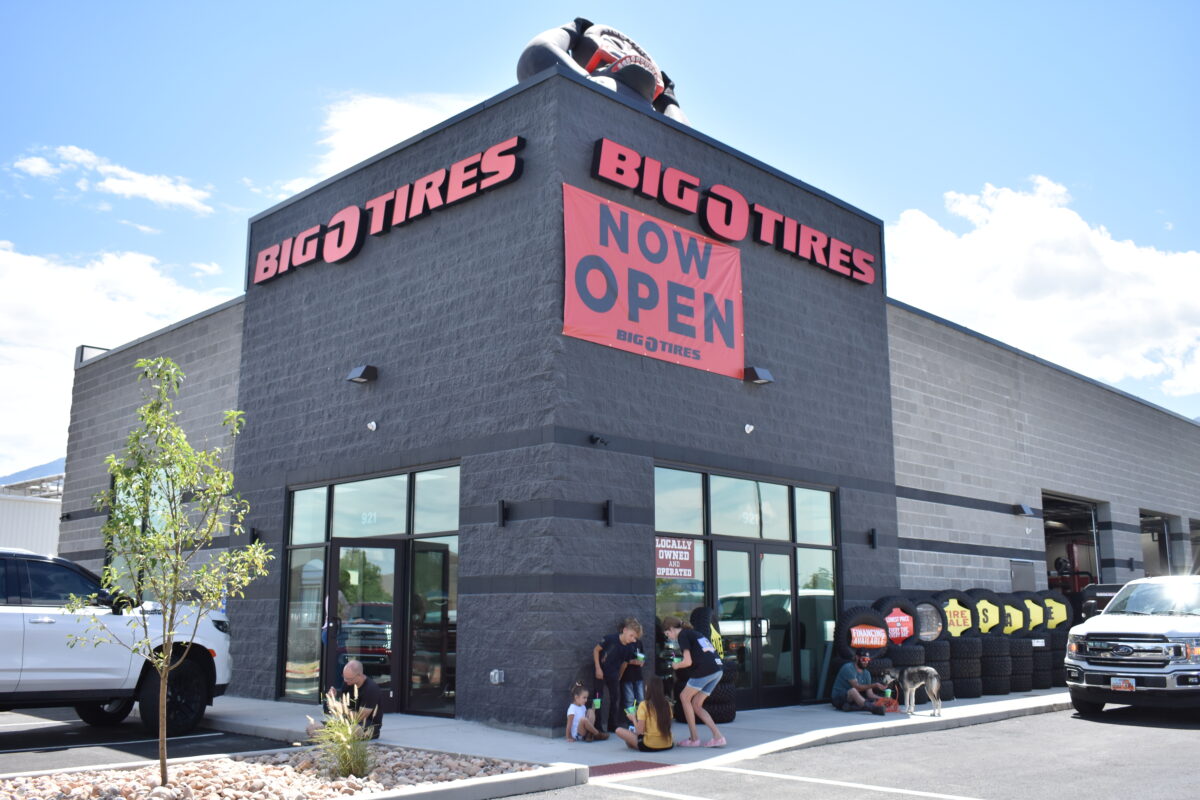
1. Temperature Control: It's essential to store your tires in a location where the temperature remains relatively consistent. Extreme temperature fluctuations can degrade the rubber and impact the tire's performance. Avoid areas of the garage that are exposed to direct sunlight or prone to temperature extremes. 2.
How to Store Tires Between Seasons 5 Tips for Storing Tires
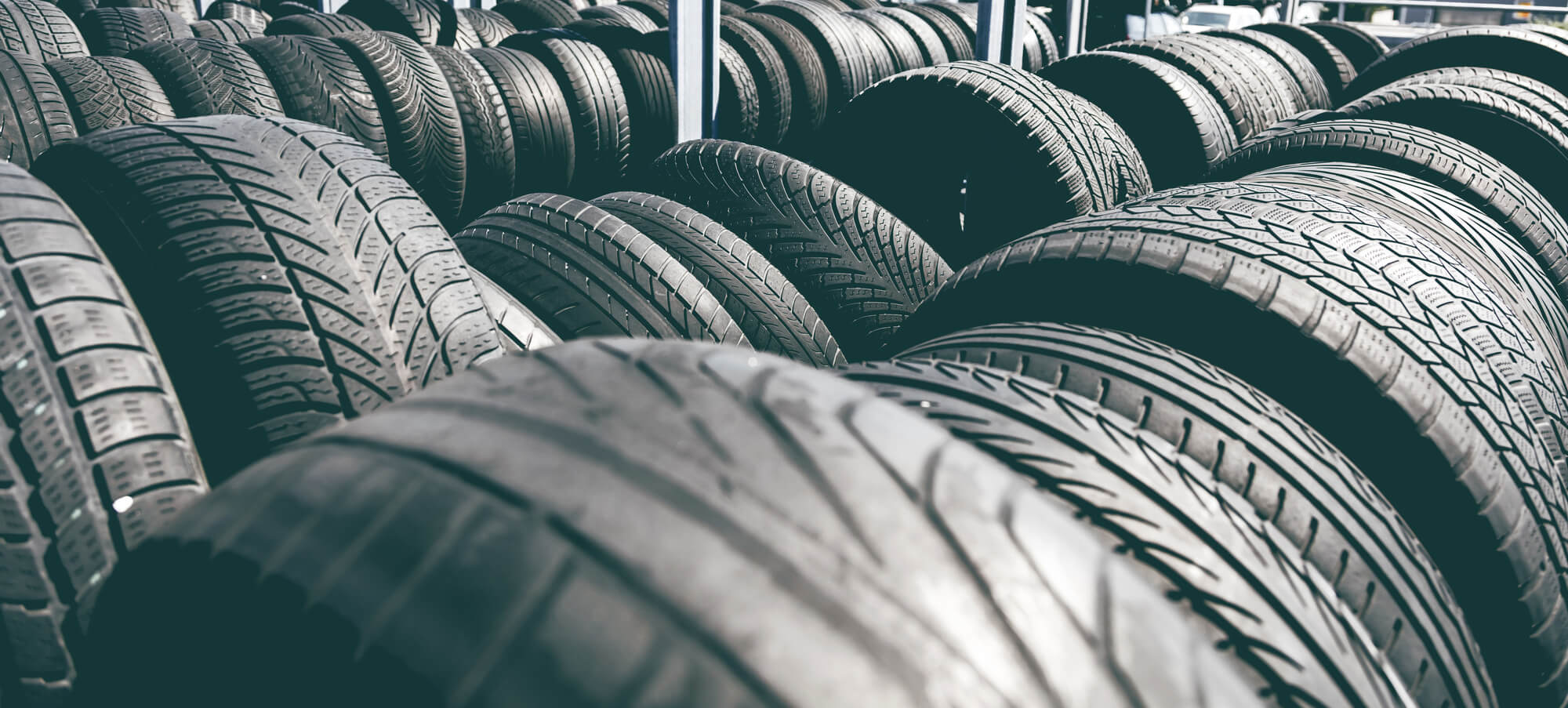
The most effective storage method for unmounted tires without rims is to position them vertically. This ensures even weight distribution and prevents any deformation that may occur if they were hung or stored improperly. Use Airtight Bags and Tire Totes. Airtight and tire storage bags offer excellent protection for your tires during storage.
How to Store Tires Sullivan Tire and Auto Service

3. Store tires in a cool, dry environment. To f ind the perfect cool and dry environment to keep your tires, y ou want to locate a place where the temperature and humidity remain consistent. Dips or hikes in either of these can result in premature tire aging. Storing tires in a consistently warm environment is not good for the rubber, but keeping tires in freezing temperatures is also not good.
How to Store your Car's Winter Tires Cambridge Centre Honda
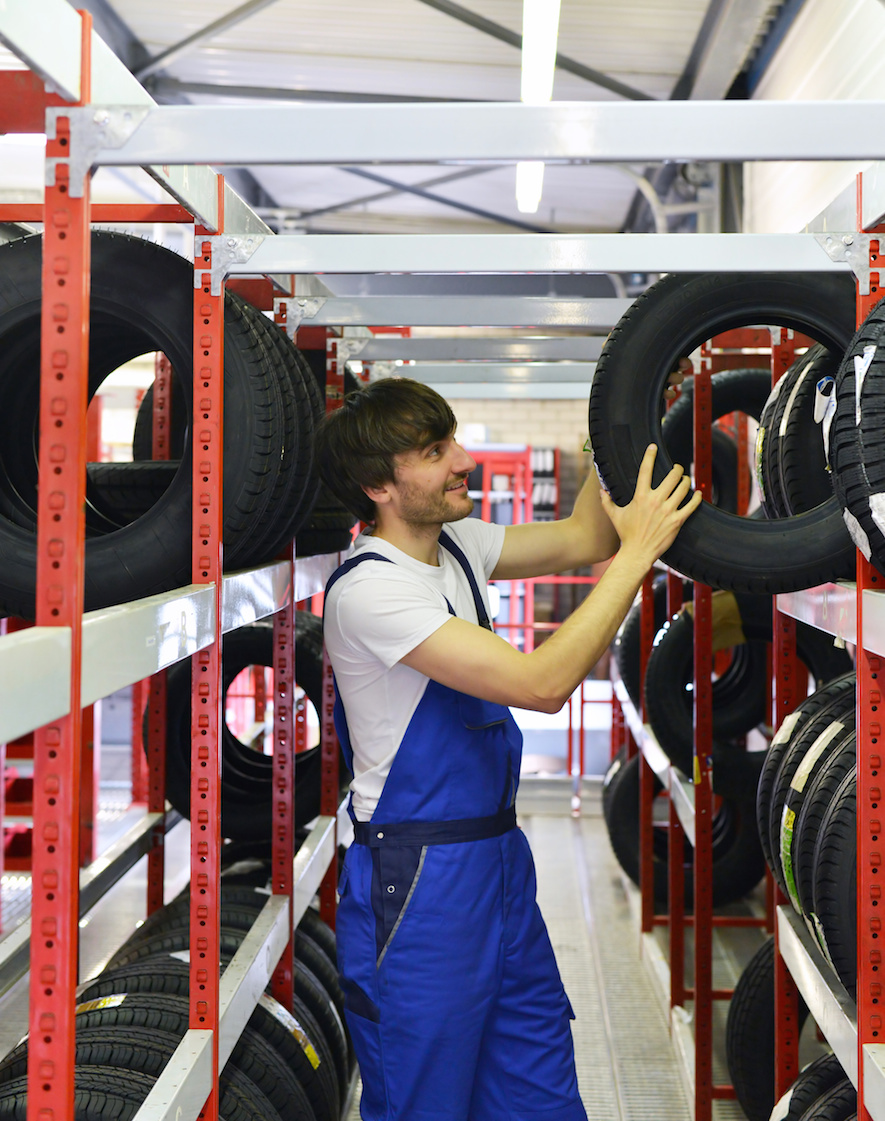
Use a tire brush or scrub brush to agitate the cleaner and remove any stubborn dirt or residue. Pay extra attention to the tire sidewalls, as they tend to collect more dirt and grime. Rinse the tires thoroughly with clean water to remove all traces of the cleaning solution. Dry the tires completely before storing them.
How to Store Tires to Prevent Dry Rotting and Extend Their Life

If storing outdoors raise tires off the ground and use waterproof covering with holes to prevent moisture build-up. If tires are on vehicle, store on blocks to remove load from the tires. Maintain placard inflation pressure. If your tires have whitewall or raised white lettering, store them with the whitewall or raised white lettering facing.
How to Store Tires in the Garage Garage, Tire rack, Tired

The best places to store tires during winter are in a cool, dry, and dark space like a garage, basement, or a climate-controlled storage facility. If these options aren't available, proper preparation and protective coverings are key to preserving tire condition. In this article, we'll explore practical and accessible tire storage solutions.
How to Store Tires to Prevent Dry Rotting and Extend Their Life

1. Store in a Cool and Dry Location. Store tires in a cool, dry place. This will help to slow down the aging process and keep them in good condition for longer. It's best to keep your tires where the temperature and humidity levels are either climate-controlled or are at least fairly consistent.
Garage Tire Storage Ideas Tips, Tricks, & Solutions [Infographic]
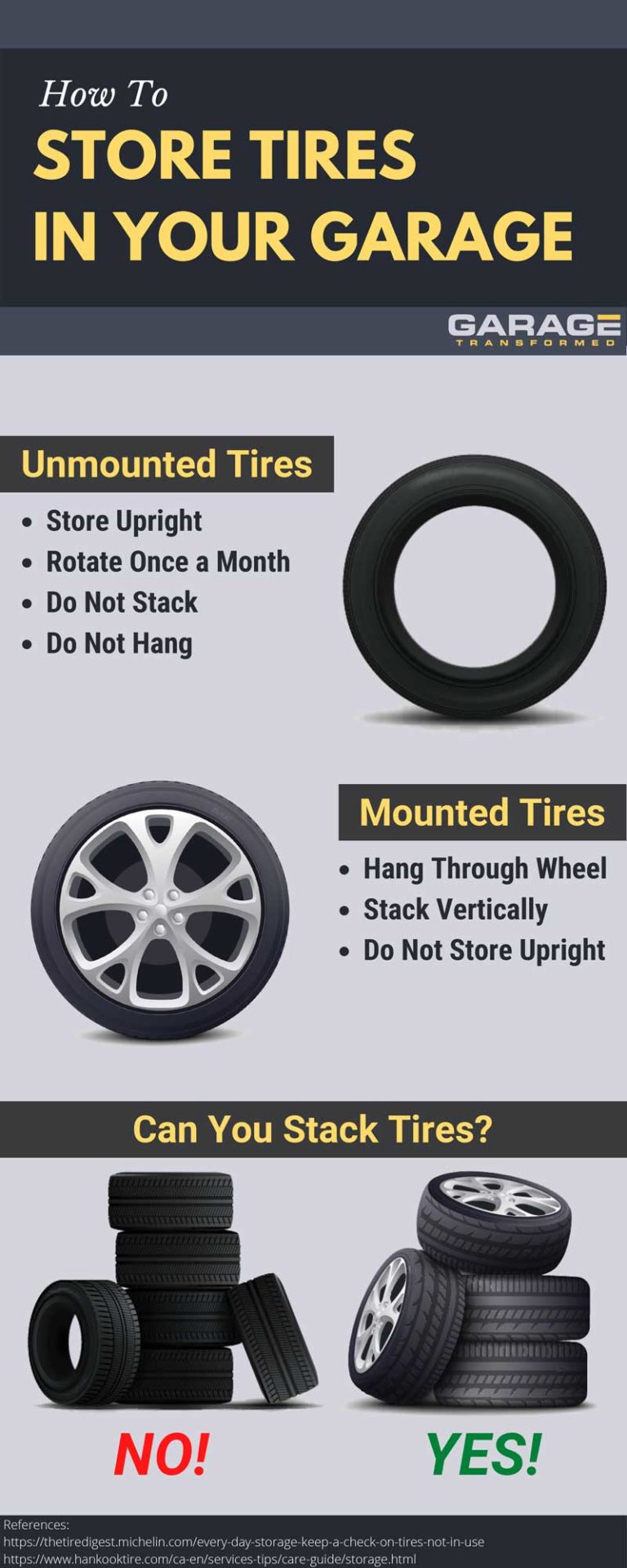
Removal of any of the tire dressings applied, dirt, and brake dust will help to ensure that your tires are free of contaminants prior to storage. Use a warm soapy bath and wash the tires, then rinse with water for this part of the cleaning process. Also, take the time after cleaning to ensure your tires have fully dried before going any further.
How to Store your Car's Winter Tires WHEELS.ca

Before storing your tires: Before removing your tires, note their position on your car. This will allow you to properly rotate your tires next time you mount them to ensure that they wear evenly. Inspect each one for damage or uneven wear. Clean your wheels and tires with water and dry them well to limit any corrosion.
How to store tires successfully
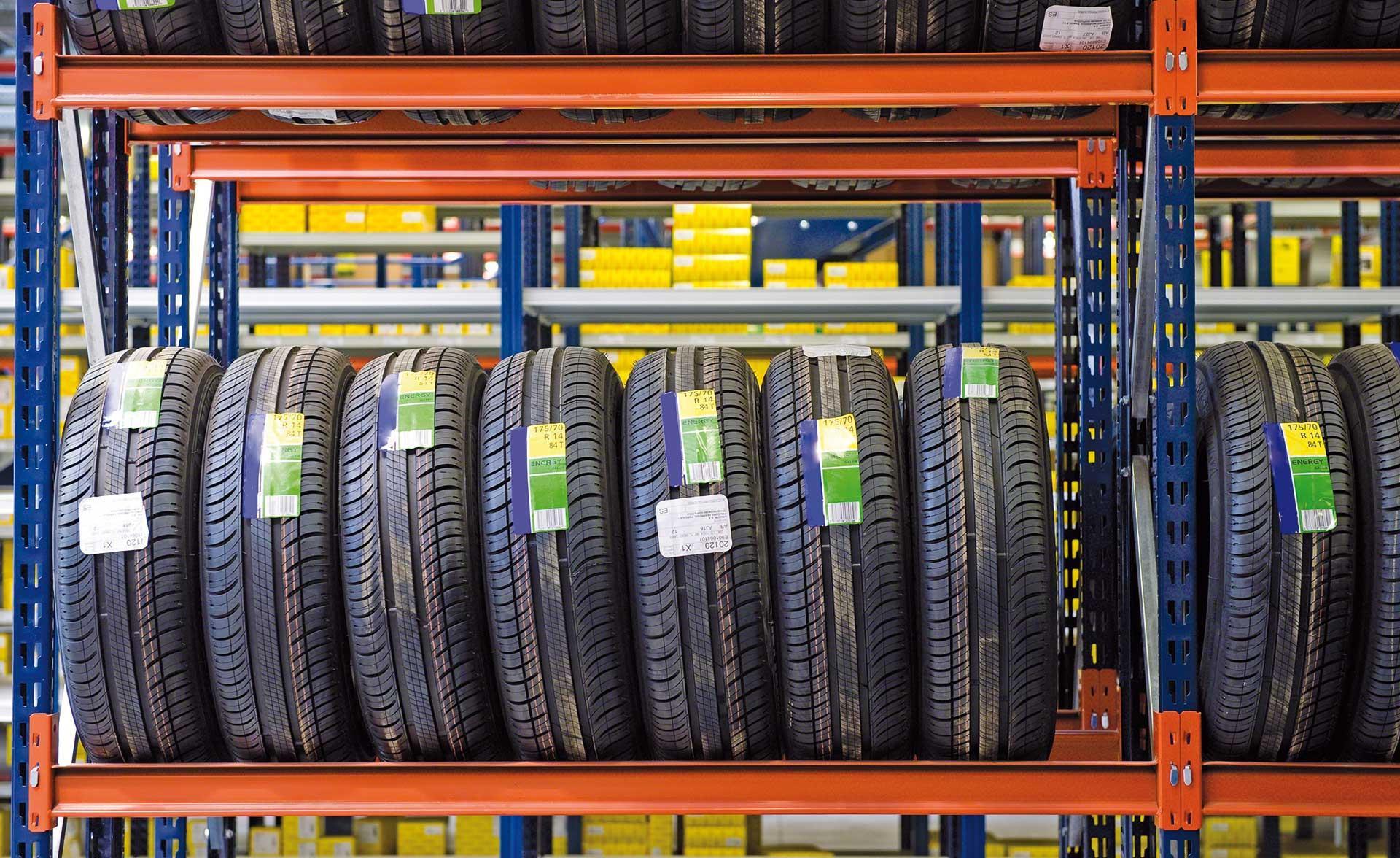
Aim for a storage temperature between 32°F (0°C) and 80°F (27°C). Maintain a stable environment to minimize stress on the tires; fluctuation in temperature severely impacts stored tires. Rain and ice-proof facility so that tires won't get damaged if a storm suddenly occurs.
How to Store Tires to Avoid Dry Rotting and Prolong Their Life

See more reviews for this business. Best Tires in Las Vegas, NV - Vegas Tire Shop, Discount Tire, Llantera El Rancho, Busy Bee Tire Shop, Tire Mart & Co, Tire Mart, Jr's Tires, Big O Tires.
How to Effectively Store Tires Mounted on Rims and Other Storage Tips
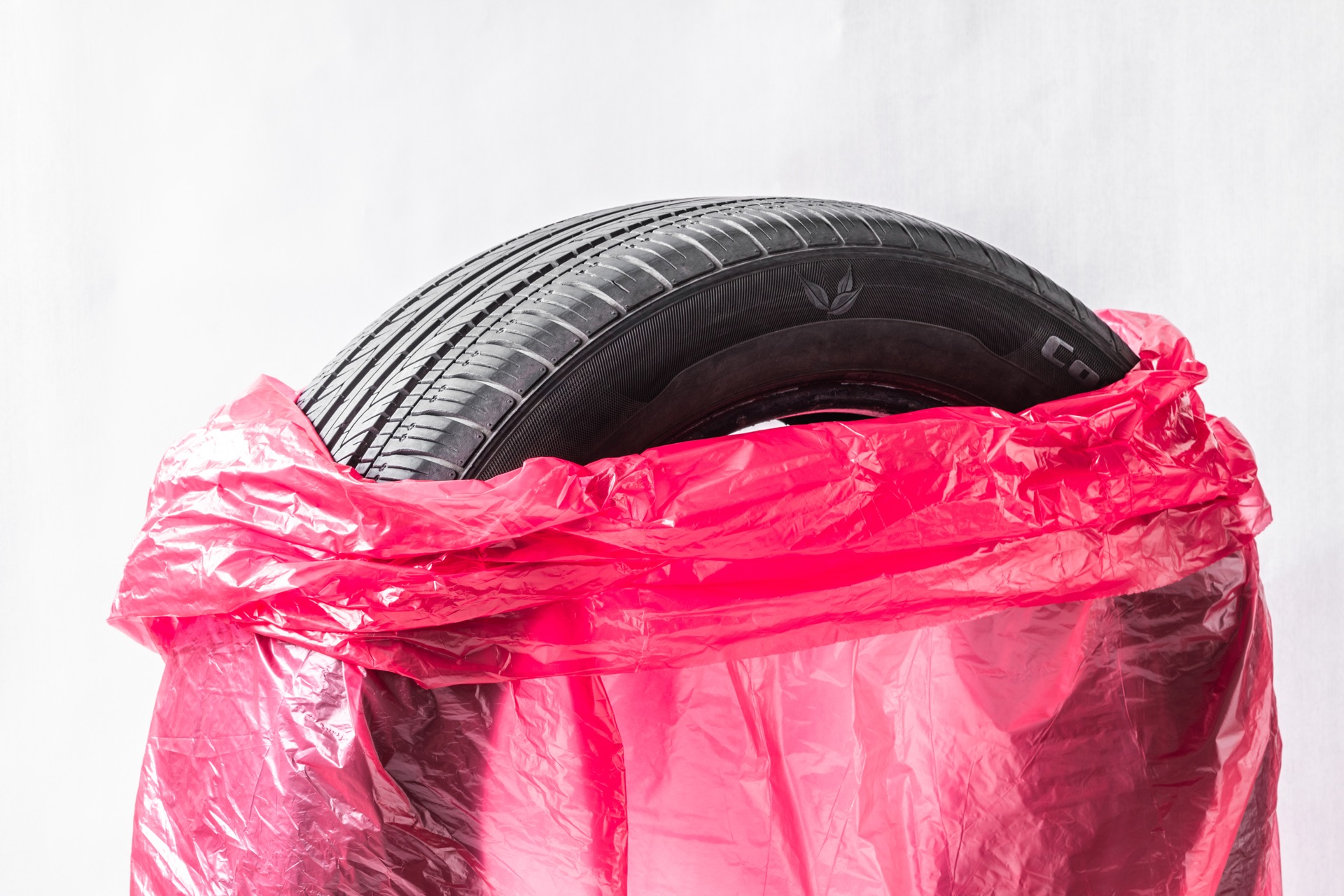
Follow our easy storage guide and get the most out of your tires: 1. Clean them. Using some detergent, water and a tire brush, clean tires before storing them. This will help remove a season's worth of road grime and brake. Clean your wheels, too, if you store your tires on them.
How to Effectively Store Tires Mounted on Rims and Other Storage Tips
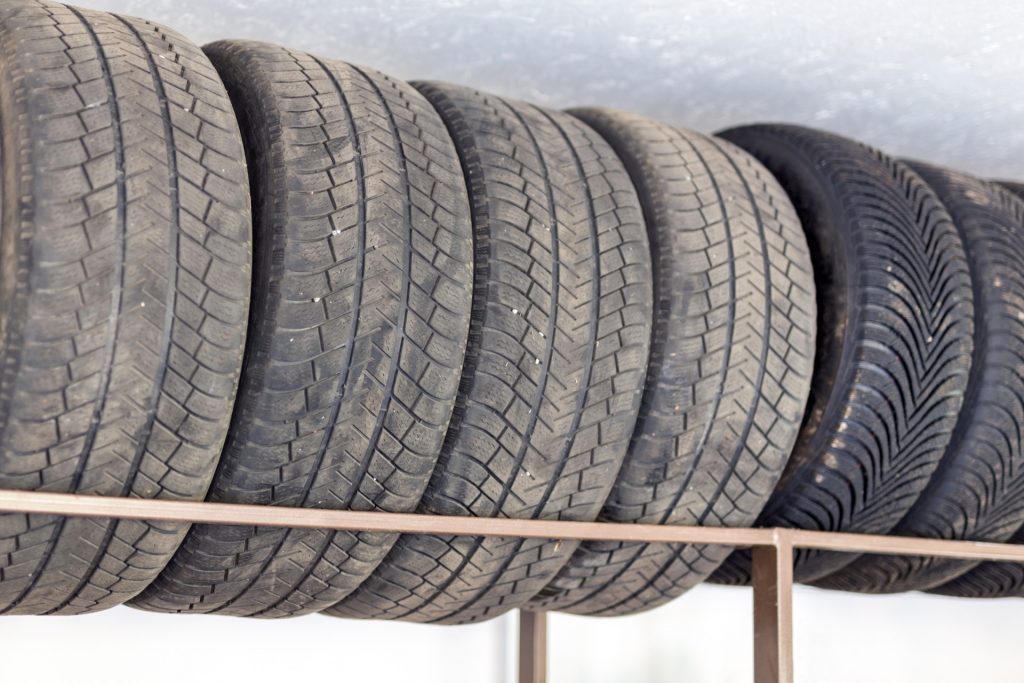
The ideal location for tire storage should be: Cool: The temperature should be between 10°C and 25°C, and not fluctuate too much. High temperatures can accelerate tire aging and dry rot. While low temperatures can make the rubber stiff and brittle. Dry: The humidity should be between 40% and 80%, and not vary too much.